qubit
Latest
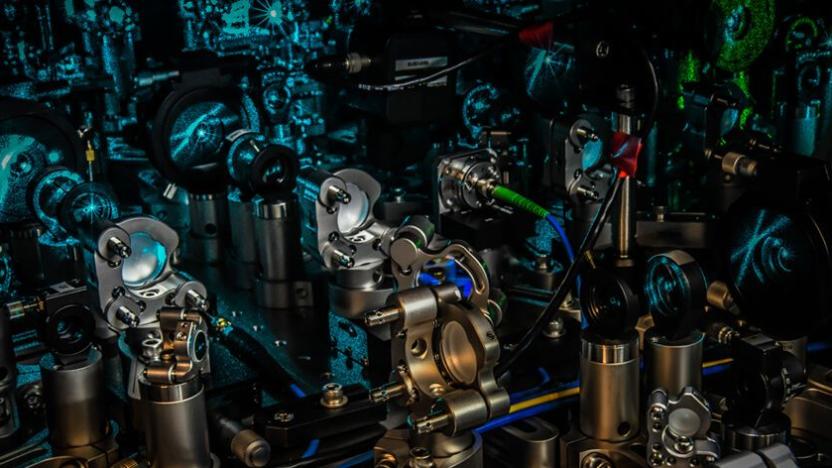
Honeywell's latest quantum computer claims a new problem solving milestone
After a few months of teasing, the company has finally shed more light on its new System Model H1 quantum computer, a machine it claims offers the highest “quantum volume” in the industry.
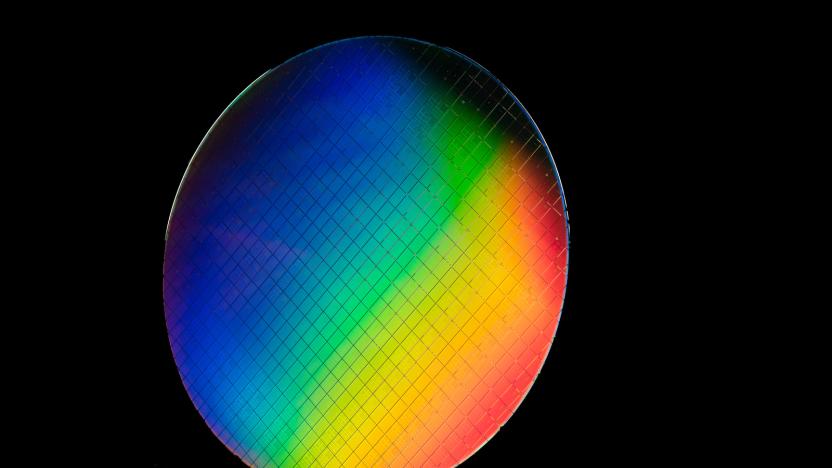
Intel's 'hot' qubits could lead to more advanced quantum computers
Intel and QuTech have successfully controlled qubits that don't need to be chilled to the very edge of absolute zero.
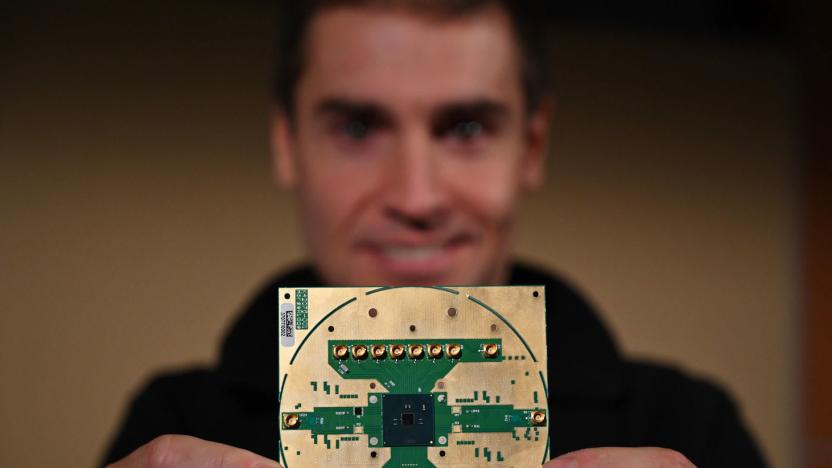
Intel outlines chip that will make quantum computers smaller and faster
Intel is determined to play an important role in quantum computing, and it just outlined a component that will play a key part in that strategy. Intel and QuTech have provided some technical details for Horse Ridge, a previously-teased cryogenic control chip that should make quantum computers, smaller, faster and with less aggressive cooling. It won't lead to the dream of a true quantum computer, but it should get Intel considerably closer to that goal.

Diamond 'guitar' strings could lead to quantum computer memory
Quantum computers need memory to perform tasks like their conventional counterparts, but it's hard to create that memory when it only takes nearby vibrating atoms to lose all their data. Scientists may have a clever solution, though: tune diamond like a guitar string. They've crafted a quantum memory system where micron-wide diamond crystal strings house impurities that are better suited to data-storing electrons. If you subject the diamond to a voltage, you can stretch it and boost the frequencies the electrons are sensitive to, much like you would tighten a guitar string to change its pitch. It'll be harder to disturb the data, in other words.
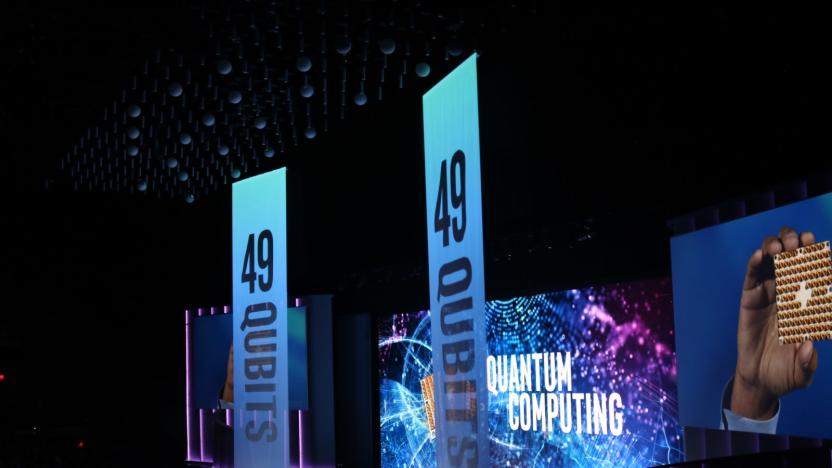
Intel’s quantum computing efforts take a major step forward
It's been almost three months since Intel announced a 17-qubit superconducting chip, meant to pave the way for a future powered by quantum computers. Today at CES, Intel CEO Brian Krzanich showed off its latest superconducting test chip, the 49-qubit Tangle Lake.
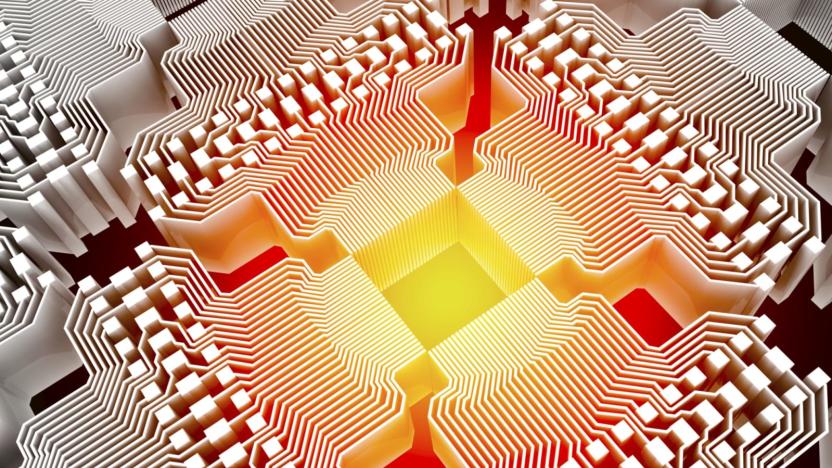
Microsoft offers developers a preview of its quantum computing kit
Developers hoping to get on the quantum computer train early can now get started with Microsoft's Quantum Development Kit, a free preview version of which was released today. The kit, which was first announced at Microsoft's Ignite conference in September, includes the Q# programming language, a quantum computing simulator that can simulate 30 logical qubits of power and a companion collection of documentation, libraries and sample programs that will help developers get a better foothold on the complex science behind quantum computing.
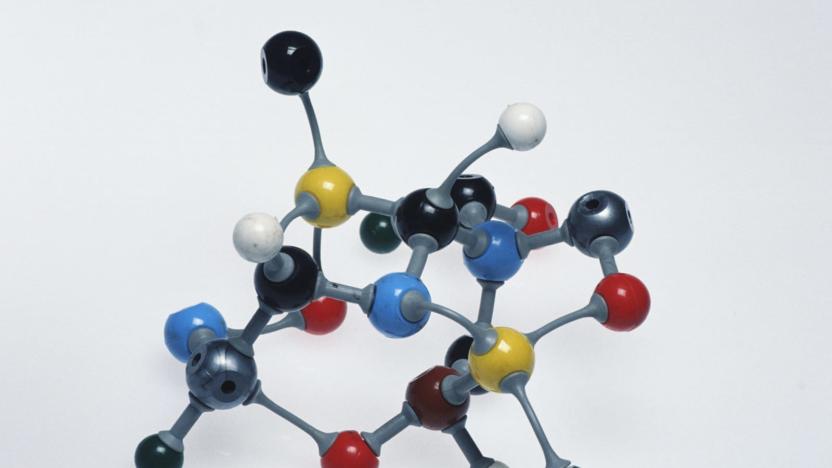
IBM's simulated molecule could lead to drug and energy advances
IBM's quantum computer has made a small advance that could ultimately lead to a major chemistry breakthrough. A team of IBM researchers has successfully used IBM Q to accurately simulate the molecular structure of beryllium hydride (BeH2), the largest molecule ever to be simulated by a quantum computer to date. This is pretty important, because simulating any molecule on a quantum level is no easy task, never mind a big one.
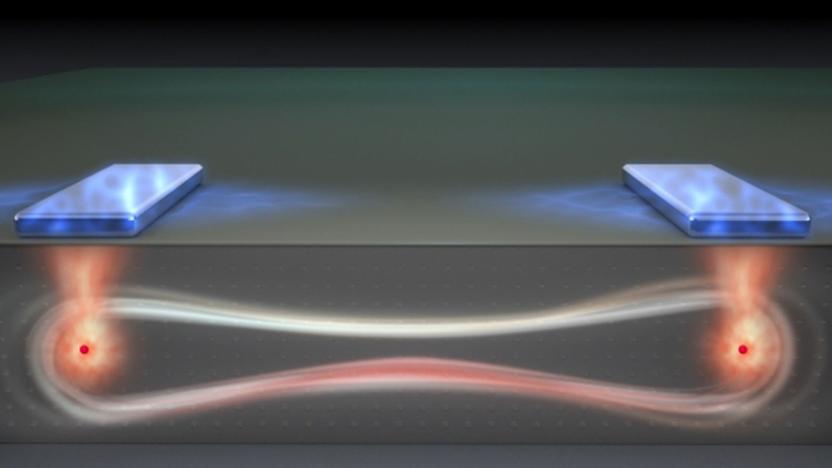
'Flip-flop' design makes quantum computers more affordable
One of the greatest challenges in quantum computing is... well, making the computers. You may need exotic manufacturing techniques just to handle the very exacting requirements, such as positioning the atoms in quantum bits in exact positions at close distances (to make quantum entanglement happen). However, that might not be a problem going forward. Australian researchers have developed a new chip design that could be built using the same silicon technology that you see in use today.

Quantum 'hashtags' may prove the existence of a strange particle
Hashtags could soon be useful for a lot more than fostering discussion on your favorite social network. Researchers have developed a hashtag-shaped quantum chip (shown below) that could confirm the existence of the oddball Majorana particle, which exists as both matter and antimatter at the same time. The team has learned that laying indium phosphide nanowires in the familiar '#' shape creates a closed circuit that lets the particles pass by each other and braid, rather that annihilating each other like they would on a single wire. Think of it like creating streets with intersections instead of a one-lane road -- the 'traffic' can actually get around without collisions.

Australians researchers have built a better qubit
Qubits, the unit of information used by quantum computers, make use of a phenomenon known as "superposition" wherein they can exist in two separate quantum states simultaneously. Theoretically, they'd enable computers to perform a variety of tasks far faster than conventional desktops by performing simultaneous computations in parallel. The problem is that qubits tend to be very unstable which prevents the information the contain from being read. However, a team of researchers from the University of New South Wales (UNSW) in Australia may have finally tamed the elusive qubit. They've coerced one into remaining stable for ten times as long as normal qubits.
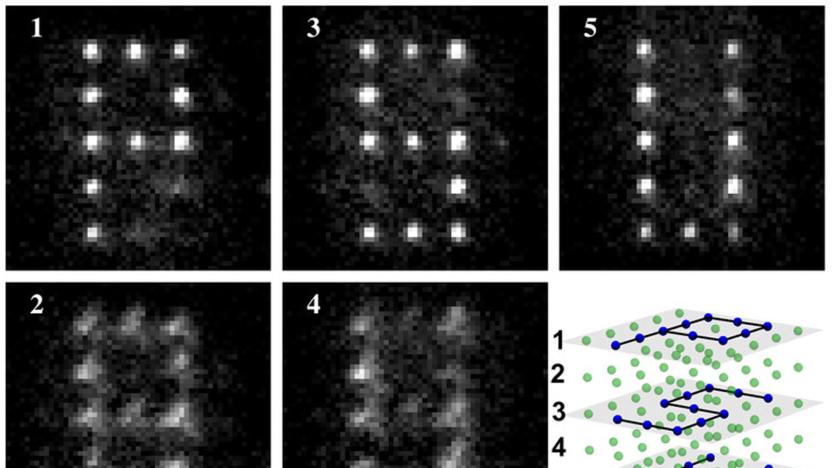
Lasers and microwaves lead to better quantum computing circuits
If you're going to craft a quantum computer, you need to corral lots of quantum bits (qubits) to perform calculations... and Penn State researchers have found a way to make that happen. They've developed a technique that relies on lasers and microwaves to steer a tightly packed, 3D grid of atoms that serve as qubits. When you want to change the state of these atoms, you hit them with crossed laser beams and then bathe them in uniform microwaves. In a test, scientists had enough control to spell out "PSU" across a three-layer array of 125 atoms.

Newly discovered magnetism is a big boost for quantum computers
Until now, humanity has only known two forms of magnetism: ferromagnetism (the kind you see on your fridge) and antiferromagnetism (a sort of negative magnetism found in hard drives). However, MIT researchers just confirmed the existence of a third kind... and it could be the key to making quantum computing a practical reality. The team made and supercooled a crystal that exhibits a quantum spin liquid state, where the magnetic directions of each particle never line up. That odd behavior, in turn, leads to quantum entanglement (in which distant particles affect each other's magnetism) that would be ideal for computers.

Microsoft explains quantum computing in a way we can all understand
Quantum computing -- it's a term we're hearing more and more, as companies such as D-Wave build their own early versions of super-machines. Microsoft, naturally, is investing considerable resources in the field as well; its Station Q research lab in Santa Barbara brings together experts studying topological quantum computing, with the goal of making a vastly more powerful successor to the classical computer. We've covered some quantum computing milestones in the past, and while you might have a basic grasp on the difference between qubits and bits, Microsoft's Quantum Computing 101 video -- published below -- is a well-done explainer, putting the implications of this research in human terms. For a deeper dive, check out this long read on Station Q, detailing the researchers' complex and thoroughly interesting work.

Quantum computing firm calls 'bullshit' as scientists undermine its technology
How do you evaluate a quantum computer you just bought from D-Wave for $15 million? It's not easy, especially since no one can really understand how the machine -- with its ones, zeros and superpositioned "one-and-zeros" -- actually functions. Instead, all you can do is throw increasingly complex questions at it, and hope that it answers them quicker than a top-end classical computer. This quest for evidence of so-called "quantum speeedup" has been going on for a while, with little in the way of positive results. Now, a freshly-published collaborative study involving Google (owner of a D-Wave box), Microsoft (owner of some very advanced traditional tech), and a team of university scientists, has achieved new results that are equally disappointing. Science magazine describes the study as "the fairest comparison yet." D:Wave's founder, meanwhile, has described it as "total bullshit."

World record setting experiment brings quantum computing a step closer to reality
Despite recent successes in the field, creating a quantum computer is really hard. For one thing quantum bits in a super positioned state (or qubits, the basic unit of data for quantum computing) have a hard time surviving at room temperature. Typically, these superposition states last for only a few seconds, but in a recent experiment at Simon Fraser University in Burnaby , researchers were able to keep a quantum system alive for a full 39 minutes. "These lifetimes are at least ten times longer than those measured in previous experiments," explained Stephanie Simmons from the University of Oxford's Department of Materials. "Having such robust, as well as long-lived, qubits could prove very helpful for anyone trying to build a quantum computer." Even so, they aren't particularly active ones - all of the qubits in the experiment shared the same quantum state. To perform actual calculations (and thus build a functioning quantum computer), a system would need to put multiple qubtis in different quantum states. Sound complicated? It sure is, but it's a significant step forward to building the ultrafast computing platforms of tomorrow. Eager to learn more? Check out the official press release at the source link below. [Image Credit: Stephanie Simmons, University of Oxford]

Researchers create working quantum bit in silicon, pave way for PCs of the future
If you've been paying attention, you know the quantum computing revolution is coming -- and so far the world has a mini quantum network, not to mention the $10,000 D-Wave One, to show for it. Researchers from the University of Melbourne and University College, London, have now developed the "first working quantum bit based on a single atom of silicon." By measuring and manipulating the magnetic orientation, or spin, of an electron bound to a phosphorus atom embedded in a silicon chip, the scientists were able to both read and write information, forming a qubit, the basic unit of data for quantum computing. The team used a silicon transistor, which detects the electron's spin and captures its energy when the spin's direction is "up." Once the electron is in the transistor, scientists can change its spin state any way they choose, effectively "writing" information and giving them control of the quantum bit. The next step will be combing two qubits into a logic step, with the ultimate goal being a full-fledged quantum computer capable of crunching numbers, cracking encryption codes and modeling molecules that would put even supercomputers to shame. But, you know, baby steps.

Scientists create the first universal quantum network, are scared to restart the router
We all know that most networks are, well, just not "quantumy" enough. Good news, then, that German boffins at the Max Planck Institute of Quantum Optics have created the first "universal quantum network." We've been hearing about plain old quantum computing since the first qubit was sent, but now we have to get our tiny minds around the idea of a quantum internet too. Data was sent using single rubidium atoms in reflective optical cavities and single photons emitted over optical fiber. Given that data was only successfully transmitted 0.2% of the time, and the network spanned just 21 meters, a complex LAN with multiple nodes is a way off just yet, but the proof of concept is there. If that concept is the early '90s internet that is.

Flawed diamonds are perfect ingredients for quantum computing, just add time travel
Ready to suspend your brain cells in a superposition of disbelief? Good, because the latest news published in Nature is that diamonds are a quantum computer's best friend -- particularly if they're flawed. An international team of scientists sought out sub-atomic impurities in a 1mm-thick fragment of over-priced carbon and used these as qubits to perform successful calculations. A "rogue" nitrogen nucleus provided one qubit, while a free electron became a second. Unlike previous attempts at solid-state quantum computing, this new effort used an extra technique to protect the system from decoherence errors: microwave pulses were fired at the electron qubit to "time-reverse" inconsistencies in its spinning motion. Don't fully get it? Us neither. In any case, it probably won't stop jewellers tut-tutting to themselves.

IBM: We're on the cusp of the Quantum Computing revolution (video)
Technology's holy grail is the development of a "perfect" Quantum Computer. Traditional computers recognize information as bits: binary information representing "On" or "Off" states. A quantum computer uses qubits: operating in superposition, a qubit exists in all states simultaneously -- not just "On" or "Off," but every possible state in-between. It would theoretically be able to instantly access every piece of information at the same time, meaning that a 250 qubit computer would contain more data than there are particles in the universe. IBM thinks it's closer than ever to realizing this dream and if you want to know more, we have the full details after the break.

Yale Physicists develop quantum computing error correction, are a qubit pleased with themselves
We're big fans of quantum computing, and hopefully it's about to get a lot more reliable. Researchers at Yale have demonstrated quantum error correction in a solid state system for the first time. Quantum bits were created from "artificial" atoms using superconducting circuits, these qubits are then given either of the typical bit states of "1" or "0," or the quantum state of both simultaneously. The researchers developed a technique that identifies each qubit's initial state, so any erroneous changes can be reversed on the fly. Until now, errors have been a barrier in quantum computing, accumulating and ultimately causing computational failure. A reliable means of fixing these state changes is essential to developing a computer with an exponential speed-up, and fully realizing the quantum dream. The team at Yale hopes that this research might mean its platform of superconducting circuits becomes the one upon which quantum computing is ultimately built. We, on the other hand, just want our parallel universe.










